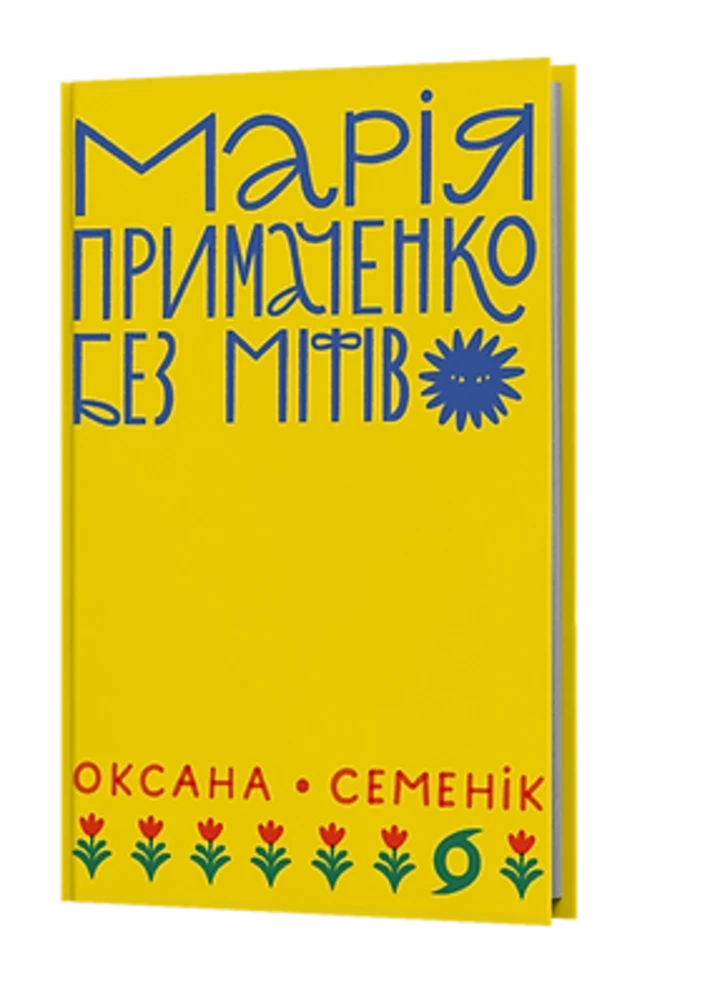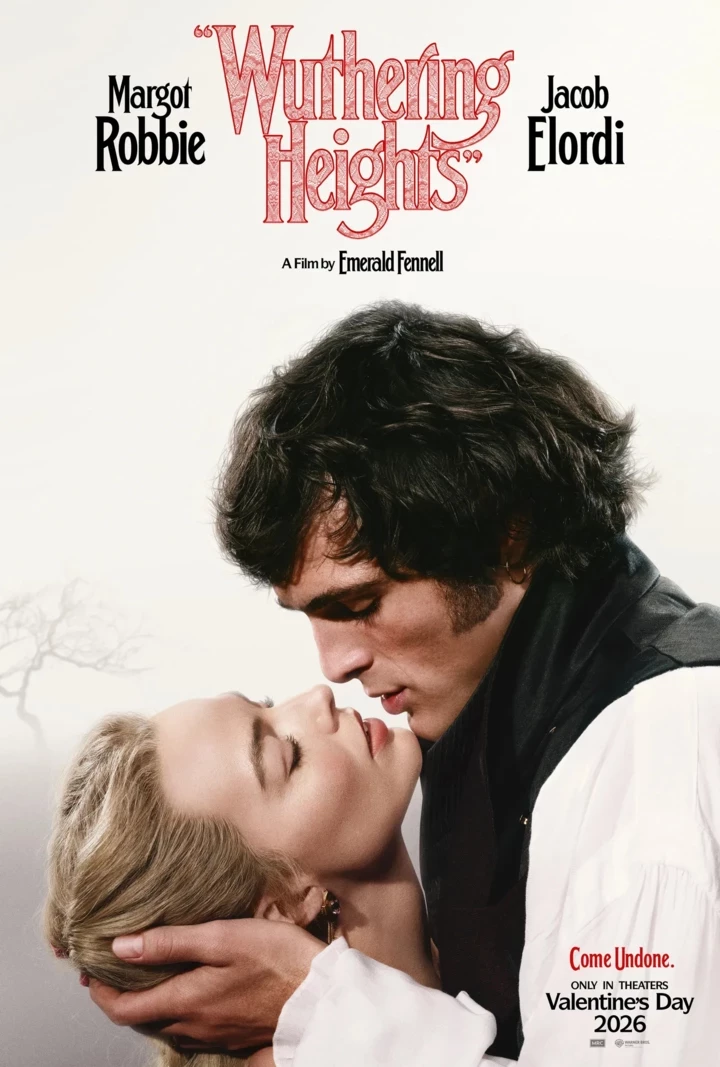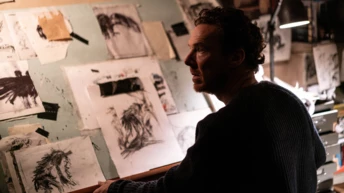The publication “Vikhola” published a book “Maria Primachenko without myths”, as written by the mystical writer and author of Vogue Ukraine Oksana Semenik.
The author describes the real history of the artist and explores the myths behind her image. From childhood in the village, where girls painted flowers on the walls of huts, to the Lavra masters in Kiev, from the first animals to the tragedy of the war, special loss, Chornobyl and exhibitions in Paris, New York and Venice: In this book, I may be able to discover for myself a Maria Primachenko that I never knew.
Advertising.
Let’s proceed before reading the lessons from the book “Maria Primachenko without myths” – about how mystique depicted love and hundred-year-old women in her paintings.
Everything begins with love. And Maria Prymachenko’s works about love, love and hundred years are much more than you imagine. Often the stench is among the haunted – these are some illustrations of folk songs, which actually depict a lot of everyday situations. How can one perceive the choice of song as an intrusion on autobiographical mystique? Now guess for yourself.

Of course, the most autobiographical is the image of Katerina with Taras Shevchenko or the image of her own mother. Maria lost herself from Fyodor, and although she did not leave her husband, like Shevchenko, and went to war, the death sentence in the village is easy to detect. The stories of wives who lost their happiness after the war could also hurt. The stinks could only be felt on themselves, and even the confusion began to work in the new lordship in the collective farms. “Katerina went to reap the harvest, forgot the sickle of her sons-in-law. She took the sickle, forgot the bread, because such a lot was left,” Primachenko depicts, I already look like a girl from the middle of the ear of life and the hair that is the cost of a cradle. The image of a widow's tractor is also often depicted in the artist's works, especially in the context of a woman who is still checking the house of her soldier.
This time, the smiles and fun became even wider in the robots of the mistkin. One of the most repeated plots is that of a girl and a boy. Many paintings depict a young boy asking a horse to drink. And the girl is either getting better or being disappointed. I would like to take the work “Vanya leads the horses to freedom by the stitched reins, I go to Galya to fetch water to water the horse” (1982). In fact, “to water a horse” in Ukrainian folk songs means to ride. Another image of physical farming in Ukrainian songs is a garden, a forest or a forest. In Primachenko’s work, a young couple shakes hands, and the work itself is called “Fun in the Forest of Young People” (1987). Among the blossoming trees, young people are kissing, and two horses are in charge: “And I was herding the horse. A Cossack galloped up on horseback. “Dear, my love!” I gave him a heel, and offered his hand, calling him wife, hugging and kissing.” Alecia is a work, dated 1992, already about everyday encounters and matchmaking.
You can’t do without a horse and fun at Poliss. Ethnologist Irina Nesen wrote best about the fun in this region; you can read more about the rituals in her research. Then let's turn to the horse. In rich villages, the call was made to “bring in” the horse with a wink, kilim, stripes, and bells. This is a hint for you – just like the picture of marriage, we are looking forward to a joyful ceremony or a friendly couple. The horse was also brought into the hut, and the young people were also escorted to the fun. In several cheerful paintings we almost always see three horses harnessed to a cart, with young men, perhaps fathers, matchmakers. The one who sits in front is holding in her hands a little tree, or a little tree, a ritual merry tree, decorated with stitches, colored threads, pine cones, viburnum and everything you can imagine. Giltse began to harvest from the tops of pine, yalina, cherries, and cherries. Irina Nesen writes that the cheerful mountain symbolizes not just a new homeland, but the whole world, God’s “tree of life” or “tree of light.” Before speech, love symbol of Maria Primachenko.
Another look at what the artist creates in her painting is another day of fun, when you retrain the Christian fathers, and also take them in carts or wheelbarrows around the village.
The artist really loved having fun: here you can see the number of works dedicated to you, and they have an active role if you make friends in the village. Primachenko sewed spring cloths and cheerful fabrics. She was a master in her own right and could sew anything on her eye. I always saw this family at the folding clock, although my fellow villagers paid for it, even if I called it a hedgehog. As daughter-in-law Katerina foretold, Maria did not extract anything from the assistant, and no one even had a penny: “They worked in the collective college for their workdays, and at the end of the day they paid in grain and potatoes. from the yard: 240 liters of milk, 120 eggs, 25 kilograms of meat.”
Maria also got to cooking for fun, and she herself was making carved figures from the dough. “For fun the next day, I baked Cossack dough from the zbroje and kachok, which was used to decorate the liver chicken.” I also sculpted figurines from dough for Easter Sundays, but not for cows. It is possible that this is due to the fact that behind the tradition of baking cows, only married women do.
And after the fun, everyday life began: both happy and no longer. Although this mysticism will forever appear to us as brighter and more solid in life, it still represents real life. The painting “Oh, the man doesn’t know how to behave as a horse…” (1978) depicts a man who, instead of a horse, harnessed his squad and handled it like a horse. It feeds and grows like straw. For example, at the end of the “wash”, she says: “Don’t let me eat, but let me sit. Because you were driving, and I was driving, my darling almost didn’t get out.”
In the case of such an unlucky whore, where a person is in need of a friend, because he sells his horse or does not help at all with the rule, Primachenko will lead richly. For example, the painting “It’s better to be friends with a husband than with a drunken husband” was written in 1994. Depicted mysticism and self-imposed motherhood: “A seagull in a social crisis, leaving tea with its children.
Stories about distant and unequal loves appeared again as illustrations of folk songs. For example, one of the popular songs among various variations is the friendship between “the old and the young.” In principle, everything has become clearer. Often these friendships were made due to the bride's marriage, because of their home with their fathers, through financial benefits or for other reasons. For example, if a girl could not get married for a long time, or even worse, she was destroyed through tiles about her girl’s value. This song is not only about pity for girls and injustice. Vaughn will not put up with his lot:
You old corpse, corpse, sit here, here,
I made you porridge and two pots of sauerkraut.
You old grandfather, bent like an arc,
You were a brother, you've been around for a long time.
Perish, disappear, old bones,
Don’t dry it out, don’t ruin my youth.
Or the story is poetic, as Primachenko guessed (without the little one): “Savrain died and lay on the bench, his wife Savrainka ran along the stove. you. And Savrain fooled the woman by sniffing the cradle and smoking.”
And where would we be without the beloved songs and folk songs about godfathers, especially about their one-hundredth birthday. In fact, songs and orders did not appear without reason, so this phenomenon was quite expanded. Respecting those who in the old days godfather and godfather were selected for children with method and the possibility of duplicating the bindings of biological fathers whenever something bad happened to them, in recent times they did not judge and sexually exchanges between godfathers, as between a man and a squad. That Primachenko once again recalls the “hallway”, perhaps, a living story behind the illustration of a folk song:
Oy kum do kumi
To drag pike perch.
“You are my dear, you are my darling,
Bring me pike perch,
Щоби юшка була.
You little yushechka, you little parsley,
You are my godfather, my dear godfather!”
Or he shows the tension of a friend: “Godfather came to godfather, godfather brought a field of carrots: “Good godfather, what came – my pishov at the field.”
And in one of the paintings of flower compositions, Primachenko describes the situation when a man is away from his friend: “The dove lit up, leaving the dove, and when the other dove goes to each other, he knows how to coo and pour another glass.” I signature: “I will give Anya F. a gift for new happiness.” This, obviously, is a real-life story, as Primachenko decided to dedicate to the crooked woman. Perhaps there were other stories of mystery brewing today?
The women, depicted by Primachenko, are based on critical principles, for example, “selling their men at the bazaars.” This is an illustration of a folk song about those women who wanted to sell men. Already a lot of “bathing” appeared on them. The prices for people were as follows: 40 horses and 100 gold rubles. The song will end with the fact that you need to tinker with horses, run around with pennies, and a man can come in handy.
Mysticists, who were familiar with Maria Prymachenko, were also respected by those who most of these narrative paintings are an autobiographical genre. The artist took a lot of the subjects of her paintings from the radio and television.







